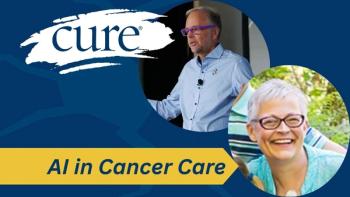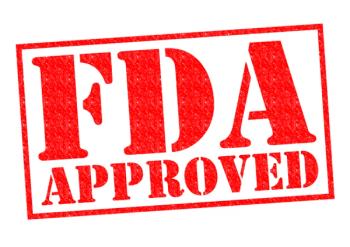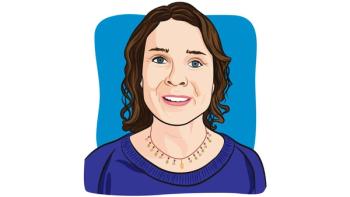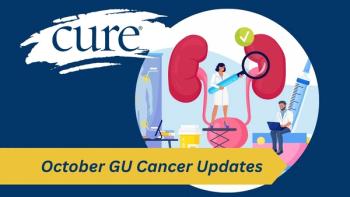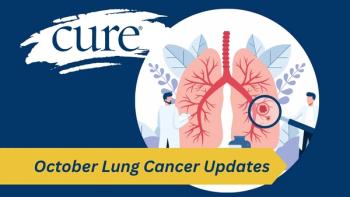
Breast Reconstruction Fat Grafting: Yet Another Procedure
Breast cancer survivor shares the silver lining in her breast reconstruction fat-grafting experience.
Tired of all the "procedures" yet? It is not all bad. After the initial amputations and expander placements and after the exchange surgery from expanders to implants, there is now fat grafting. Fat grafting is the removal of fat from areas I don't want it and the placement of it into areas where I do want it to improve the shapes of my new "breasts."
These "breasts" do not have sensation and never will. They also do not yet have cosmetic areolas or nipples. Still, I count myself fortunate to live in a time where the knowledge and technology exist to give me a replica, under clothing anyway, of something that cancer has taken away from me. I am grateful to have a semblance of my former body — an appearance of my physical femininity even if it is no longer quite "real."
Fat grafting has been around for over 20 years and has an
I was actually excited about this part of the breast reconstruction process (yes, it is a process). I had always had a gut, even when my weight was less than it is now. I liked the idea of removing belly fat and improving breast shape in the process. What woman wouldn't? But it was not without pain. The procedure was outpatient, and I moved pretty slowly, rested and used pain medication for the first few days, but after that my pain lessened consistently every day. The elastic abdominal wrap that I woke up wearing in post-op helped provide some measure of comfort and support for two weeks. The bruising on my sides, stomach and breasts was not attractive, but I could see it would be temporary.
Two weeks out from the procedure, my form is still in flux. My breasts look more natural but are still settling into their long-term shape. My midsection is still a bit swollen and sore in spots, but it does appear somewhat smaller! I am a grateful and humbled recipient of this procedure.
After two weeks, I switched to wearing shapewear around my middle instead of the surgical abdominal wrap. Part of why I wear it is to remind myself not to overeat and refill those fat pockets right away! I continue to be grateful for the online Facebook support I found from fellow
Multiple tests, rechecks and procedures can wear cancer patients down, but it helps to try to focus on the light at the end of the tunnel. Look for and celebrate the silver linings of your procedures whenever and wherever you find them! Together we can hold hands and work our way through any procedure that comes our way.

